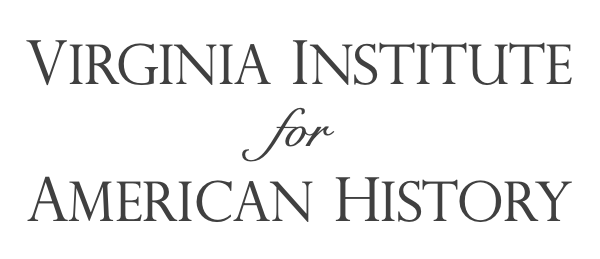
John J. Patrick[1] shared the following insights and teaching ideas for The Federalist: “[The] Ideas of The Federalist should be essential elements of civic education, because they are core values and principles of the American heritage and foundations of national unity in a pluralistic society. These ideas are also keys to understanding how American government works.
Recent assessments of the curriculum and of students' knowledge indicate a need to emphasize The Federalist in secondary schools. Secondary school textbooks in history and government tend to avoid detailed examination of political ideas in history and our contemporary society. One analyst writes: "The lack of intellectual history in the texts has had some serious consequences, one of which is that students get a rather profound misunderstanding of the Constitution. ... Rarely have they (the textbooks) mentioned the political philosophy of the Framers.[2] Another deficiency of the textbook-dominated curriculum of secondary schools is neglect of primary sources -- the documents that directly communicate to students the ideas and ways of thinking and writing of Americans in other times. In particular, most students have little or no exposure to documents on American political ideas, including the ideas of the Founding Fathers in such fundamental sources as The Federalist Papers.
There is an obvious need to emphasize ideas of The Federalist Papers in the secondary school curriculum. These ideas certainly fit standard educational goals and curriculum guides for courses in history, government, and civics. They are also core components of the American civic heritage and keys to civic literacy. Finally, they have enduring relevance to contemporary citizenship and government.”[3]
“Ideas of The Federalist Papers are congruent with the content of standard secondary school courses, such as American history, government, civics, and studies of Western Civilization in world history. Therefore, there is no need to create special courses or units of study on The Federalist Papers because examination of these documents can be infused into standard coursework…
Use The Federalist Papers to teach core concepts of American constitutional government, such as republicanism, federalism, separation of powers, judicial review, national security, civil liberties, popular sovereignty, an energetic executive, limited government, the rule of law, free government, and so forth. Excerpts from selected essays can be used to explicate these civic concepts; for example, essays 47-51 are classic discussions of the American conception of separation of powers; essays 78-83 explain and justify novel American ideas on an independent judiciary and judicial review; essays 9, 10, 37, 39, 51 treat the American idea of federalism in an extended republic.
Show how core concepts of The Federalist are rooted in Western Civilization by teaching connections of the European Age of Enlightenment to the theory and practice of politics in eighteenth-century America. Compare these ideas and the institutions of government around the world in the 18th, 19th, and 20th centuries. Through this global comparative analysis, students can learn how American ideas on constitutional government are related to civic cultures of other times and places.
Encourage deliberation, reflection, and rational decision-making about perennial issues of constitutional government that are raised by The Federalist Papers. These essays can be used to spark debate on questions that have permeated our constitutional history, such as how to have majority rule with protection of minority rights; how to have a powerful national government that is also strictly limited by law; how to maintain national security while protecting civil liberties, including the freedom of dissenters; and how to balance effective national government with meaningful rights for state governments. Discussions of these issues in The Federalist can be assigned in concert with readings about specific instances of these issues in history and current events.”[4]
U. S. Government and Civics classes serve as the gate to the rising generation’s knowledge of the Constitution and its principles, and The Federalist is the key to that gate.
___________________________
Purchase The Federalist Papers at Amazon.com for $7.95:
http://www.amazon.com/Federalist-Papers-Signet-Classics/dp/0451528816/ref=sr_1_1?ie=UTF8&qid=1287334011&sr=8-1
Purchase The Federalist Papers at Amazon.com for $7.95:
http://www.amazon.com/Federalist-Papers-Signet-Classics/dp/0451528816/ref=sr_1_1?ie=UTF8&qid=1287334011&sr=8-1
[1] Professor, Indiana University, author of The Oxford Guide to the United States Government (2001), ERIC (ED) contributor, the Commission on the Bicentennial of the U.S. Constitution, and the Center for Civic Education.
[2] Frances FitzGerald, America Revised: History Schoolbooks in The Twentieth Century (New York, Vintage Books, 1980), p. 152.
[3] John J. Patrick, Teaching the Federalist Papers (ERIC Clearinghouse for Social Studies/Social Science Education, Bloomington IN, 1988)( http://www.wjmi.org/DOCS/eric.htm).
[4] Id.

